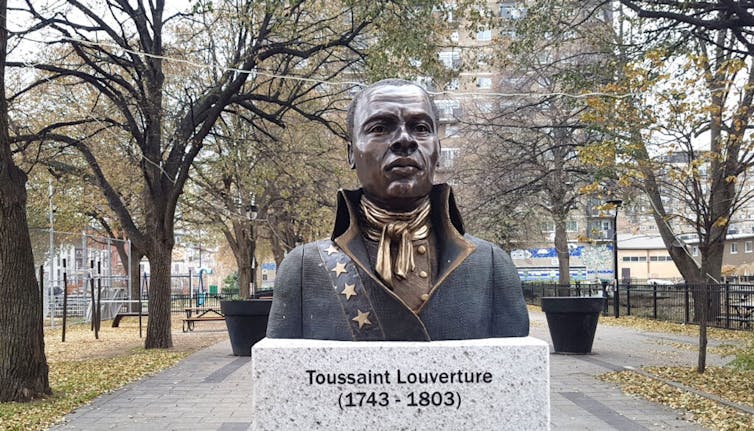How Africa’s pension funds risk becoming instruments of Africa’s neoliberal takeover.

Photo by Oren Elbaz on Unsplash
BY Alex Park
African pension funds have been getting a lot of attention in the financial press lately. An October 2021 article in The Economist plays matchmaker for some very eligible asset pools: the African Development Bank, it notes, has estimated an annual bill of $130 billion to $170 billion dollars for infrastructure improvements across the continent. Perhaps African pension funds—which, the magazine notes, “have grown impressively” in the last few years and have a tendency to stay close to home, unlike those more fickle foreign capital flows—could be a good fit. Also last year, RMI, a US clean energy think tank, suggested that African pension funds invest in clean energy projects across the continent to “trigger a positive economic-growth feedback loop.”
African pension funds have been shifting their assets to African development projects for some time, but the pace has recently sped up. In February, a consortium of Kenyan pension funds announced they would be working with Chinese firms on a plan to invest in local infrastructure, and just weeks ago, Bloomberg reported that South Africa’s Government Employees Pension Fund, the largest in Africa, planned to invest $1.6 billion across the continent.
It’s easy to see why editors at The Economist would get excited about the new trend. But for those of us more wary of finance capitalism, it’s worth considering the experience of Brazil, where pension funds were instrumental to bolstering a neoliberal takeover of the country at the turn of the century.
In the early years of his presidency, Lula Inácio da Silva took steps to make it easier for workers to invest in pension funds. Simultaneously, he gave unions more freedom to administer the nation’s pension funds and encouraged them to invest in the Brazilian economy. All of these moves were part of a plan to, in the words of Uruguayan journalist Raúl Zibechi, “moralize, humanize, and domesticate capitalism.” But like so much else from the Lula era, what was on its face a way to help Brazil’s working class by playing to the rules of the rich and powerful became, instead, a neoliberal ploy: a way to uplift the rich and strengthen the market forces through which the rich derived their power in the first place.
Within a few years, the pensions grew precipitously, but with the pension’s capital now powering it, the finance sector grew even more. Rather than shaping the Brazilian finance sector to suit their ends, the unions—long the Brazilian Left’s institutional power base—internalized the ambitions of the exclusively white, male clique of São Paulo financiers with which they now collaborated. Instead of seeking out ways to use the enormous weight of their assets to uplift Brazilians, union leaders sought out ways to protect and expand the capital they managed.
The financiers encouraging African pension funds’ entrance into development finance have skipped the talk about moralizing capitalism which characterized the Brazilian experience. But like their Brazilian peers a generation ago, African pension funds now risk putting their assets in the hands of financiers intent on carrying out a developmental vision that, at best, equates the needs of African people with the needs of capital. To see how, one only needs to look at the investment vehicle of choice for any investors looking to bank on African business: private equity (PE).
Since stock markets outside South Africa are generally weak and underdeveloped, African pension funds—like other institutional investors around the world—are funneling their capital through private equity funds. (The aforementioned $1.6 billion South African windfall, for instance, will pass entirely through “unlisted” companies, which almost certainly means it’ll be going through PE.)
To even be considered for admission into a PE fund, pension funds, like all potential investors, have to demonstrate they share the values (and the vision) of the fund managers. One reason is that it’s a long-term relationship: joining a fund means pooling assets and interests with the fund managers and other investors (a group that typically includes European development agencies, multilateral development banks, and American pension funds) for a decade or more. Thereafter, what projects and companies the PE funds back with investors’ money are, generally, up to their managers. But even when those managers claim to be uplifting Africa with their investments, one can expect them to be uplifting capital even more.
Take, for instance, the Rise Fund, a PE fund cofounded by Bono and Jeff Skoll. With a declared intent of transforming African economies and a long list of American pensions as investors, the San Francisco-based PE fund is exactly the kind of partner African pension funds might consider backing in the near future. In 2019, the fund invested in Uganda’s Pearl Dairy, which by then already had operations in nine countries in Africa and Japan. Money in hand, Pearl scaled up its operations even more. The Rise Fund’s parent company, TPG, now says that Pearl sources milk from more than 10,000 small farmers. But in March, one farmers’ union in Uganda accused it of collaborating with other milk producers to drive milk prices down to the point that many farmers could no longer support themselves.
It’s common for investors looking to capitalize on Africa’s growing economies to say, in so many words, and in spite of evidence to the contrary, that what’s good for them is good for everyone. African pension funds—which, like pensions in most countries, have a reputation for caution and prudence—would do better than throwing their clients’ assets behind their agenda.








.jpg)











